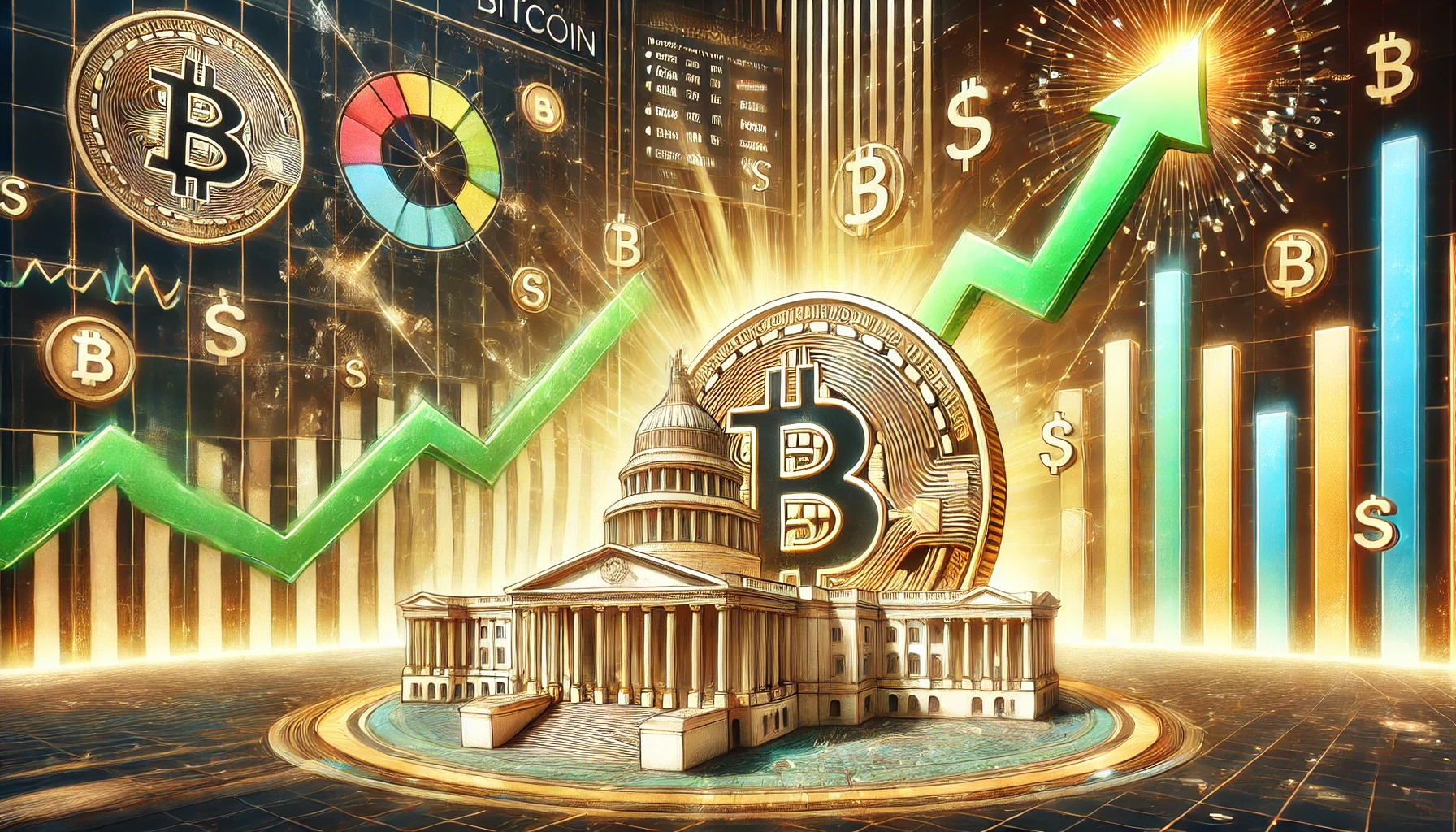ARTICLE AD BOX

Bitcoin saw a 1.8% increase to $54,440 (BTC-USDT) on Gate.io on Monday morning during European trading hours, bouncing back after a weekend dip. The decline seemed to be triggered by Friday’s underwhelming U.S. jobs report, though analysts remain cautious due to large outflows from spot ETFs and upcoming economic data that could influence market trends.
According to CoinGecko, Bitcoin, the world’s largest cryptocurrency, made a modest recovery after dipping to $53,636 over the weekend.
However, this rise occurred amidst notable outflows from Bitcoin exchange-traded funds (ETFs). Last week, Bitcoin spot ETFs faced net outflows totaling $706 million, with none of the 12 funds recording positive inflows, according to SoSo Value data.
BTC Price Analysis
BRN analyst Valentin Fournier noted that the release of core U.S. Consumer Price Index (CPI) data on Tuesday and the Producer Price Index (PPI) on Thursday will be pivotal. These reports are expected to play a significant role in shaping the Federal Reserve’s upcoming decisions on interest rates.
Bitcoin’s price movements have been unstable since Friday’s U.S. jobs report, which showed that the economy added 142,000 nonfarm payrolls in August. Although this exceeded July’s revised figure of 89,000, it fell short of the projected 160,000.
Grayscale Bitcoin Trust (GBTC), one of the major ETF issuers, saw $160 million in outflows, while Fidelity’s Bitcoin ETF (FBTC) led the withdrawals with a net outflow of $404 million.
Ethereum (ETH), the second-largest cryptocurrency by market value, followed Bitcoin’s lead, trading up 1.5% at $2,330. Despite this, Ethereum-based investment products also faced challenges, with spot ETFs experiencing $91 million in net outflows last week. Grayscale Ethereum Trust (ETHE) alone recorded $111 million in outflows.
Julien Bittel, CFA and Head of Macro Research at Global Macro Investor, pointed out that Bitcoin’s current price pattern resembles those seen in 2019. Bittel highlighted that Bitcoin has been in a consolidation phase lasting exactly 175 days, a timeframe similar to 2019. He emphasized that the market could soon witness a significant movement, with the next week being crucial for Bitcoin’s price action as it approaches a potential turning point.
Valentin Fournier also commented on the potential for market volatility, suggesting that with the possibility of Bitcoin falling toward $49,000, investors should consider reducing exposure and waiting for a more opportune time to enter the market.
Fournier added that a 50 basis point interest rate cut is becoming more probable. While this may lead to short-term market selloffs by signaling increased recession risks, lower rates could improve valuations and renew investor interest in riskier assets over the medium to long term.
The Importance of Indexes
The U.S. Consumer Price Index (CPI) and the Producer Price Index (PPI) play a significant role in shaping the Federal Reserve’s decisions on interest rates because these indicators provide critical insights into inflation trends in the economy. Here’s why each is important:
Consumer Price Index (CPI):
What it measures: CPI tracks the average change over time in prices paid by consumers for goods and services.
Impact on interest rates: If the CPI shows a rising trend, it signals increasing inflation, meaning that the cost of living is going up. The Federal Reserve often raises interest rates to cool down inflation by making borrowing more expensive, which reduces spending and slows economic activity. On the other hand, low or decreasing CPI values might suggest that inflation is under control, reducing the need for aggressive rate hikes.
Producer Price Index (PPI):
What it measures: PPI measures the average change in prices that domestic producers receive for their goods and services. It’s an indicator of wholesale price trends, which often foreshadows consumer price inflation.
Impact on interest rates: Rising PPI suggests that businesses are experiencing higher input costs, which could eventually be passed on to consumers in the form of higher prices, leading to inflation. If the PPI rises significantly, it may prompt the Federal Reserve to consider raising interest rates to prevent this cost-push inflation from affecting the broader economy. Conversely, if PPI data shows low or declining producer prices, it indicates a lack of inflationary pressure, which may allow the Fed to keep rates lower.
Together, the CPI and PPI offer a comprehensive view of inflation from both the consumer and producer perspectives. Since the Federal Reserve’s mandate includes maintaining stable prices (inflation control), these indices directly influence its decisions regarding whether to raise, lower, or maintain interest rates. If inflation pressures are high, the Fed may raise rates to prevent the economy from overheating, whereas if inflation remains low, the Fed might keep rates steady or even lower them to stimulate economic growth.
.png)
 1 week ago
1
1 week ago
1








 English (US)
English (US)